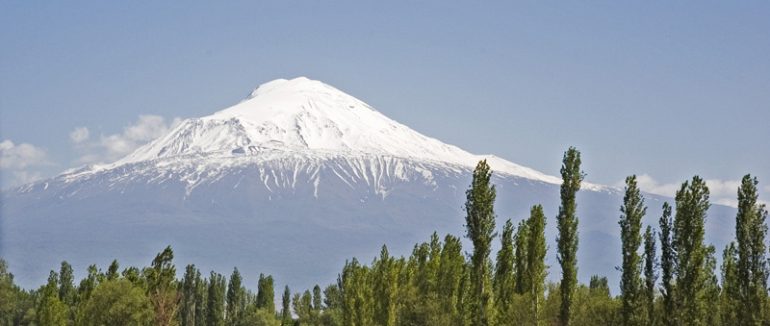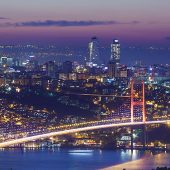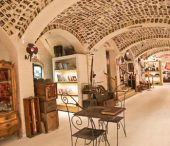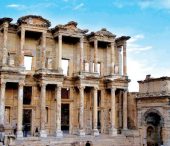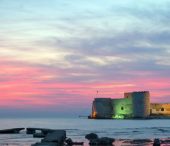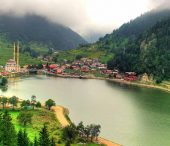Iğdır is the capital city of Iğdır Province in Eastern Anatolia Region, Turkey, close to the border with Armenia, Azerbaijan and Iran. Turkey's highest mountain, the Biblical Mount Ararat (Ağrı Dağı) is in Iğdır, but much of the land is a wide plain far below the mountain. Iğdır is where Noah is said to have thrived following the flood. The Armenian border is marked by the Aras River.
Etymology
The area is came from "Iğdır Bey" being oldest son of "Cengiz Alp" who was one of six sons of Oghuz Han belonging to internal Oghuz three arrows branch considered to 21st from 24 Oghuz branches. They spread throughout Anatolia and there are towns and villages named Iğdır in Malatya and other parts of Turkey today.
History
The first settlement people of the region were Hurrians. Other people who settled down in city are respectively as fallows: Mitannis, Assyrians, Hittites, Cimmerians, Persians, Sumerians, Medes, Hrartis, Sassanian, Oghuzs, Arabs, Seljuks, Ottomans, Russians, Armenians and finally Turks.
Geography
The city of Iğdır sits on a plain at a lower altitude than most of Turkey's eastern provinces. This allows agricultural production including apples, tomatoes, cucumbers, peaches, pears, sugar beet and most famously cotton and apricots, even watermelons and melons.
Climate
Iğdır has a relatively moderate Continental climate. The climate is the warmest in this part of Turkey.
Architecture
On the peninsula stands Sürmeli castle, a Seljuk era citadel dating from 1224. Most major landmarks in the city are found inside and around the castle. The current castle was built over existing fortifications and served the double purpose of a palace of local government and as a defensive structure in case of attack. And a Seljuk Caravanserai is one of the historical structure in Iğdır.
Genocide Monument and Museum
It has been started for construction on 1 August 1997 and its inauguration has been conducted on 5 October 1999. It has been founded on 1,3 hectar surface area. Its height from ground is 43,5 meters. At present time, it is highest Monument of Turkey. Its bottom part is museum with 350 square meters area ad its upper part is monument consisting of 5 swords. Granite of Monument's swords has been brought from China and other meterials such as marble, granite, stone ceramics have been brought from other regions of Turkey. It forms a picture with Mount Ararat in the backround. In Museum, documents, caertificate, photographs and other materials remaining from Armenian terror who had lived in the Region between 1915-1918 years and taken out from collective, mass cementers, are being exhibited.
Culture
Iğdır's culture is a subculture of the larger Culture of Turkey. The city's in the south of Caucasus position is central to many annual festivals.
With this agriculture the town is livelier and wealthier than its neighbouring in the generally impoverished east of Turkey. There are many cafes and resaturants. The best-known dish is an oily meat stew called bozbaş.
Media
Iğdır has 18 local daily and weekly newspapers. The most prominent of these is Yeşil Iğdır which is published since 1 September 1955.
Economy
The city of Iğdır locates between Kars and Ağrı, and also neighbours with three countries; Armenia, Azerbaijan and Iran. Despite the fact that it has three stratagically important neighbours, the border gates are held close, therefore this situation diminishes the economy of community.
Almost seventy-four percent of Mount Ararat's field, the highest mountain of Turkey, stands in Iğdır's area. But the investments for developing tourism in Mt. Ararat is paid to the Ağrı Municipality.
Demogparhics
Today, Iğdır has a mixed population of Kurds (who form the majority), Turks, and Azerbaijanis. The spring festival nevruz which is native to Iran is widely celebrated in Iğdır.

